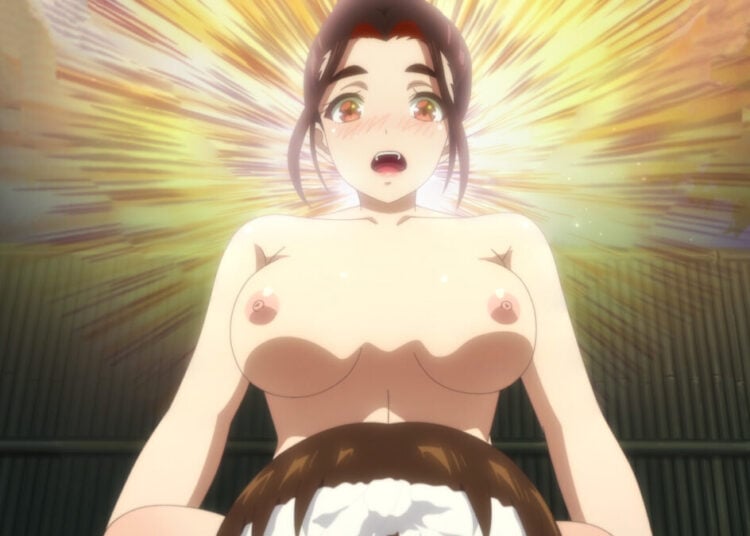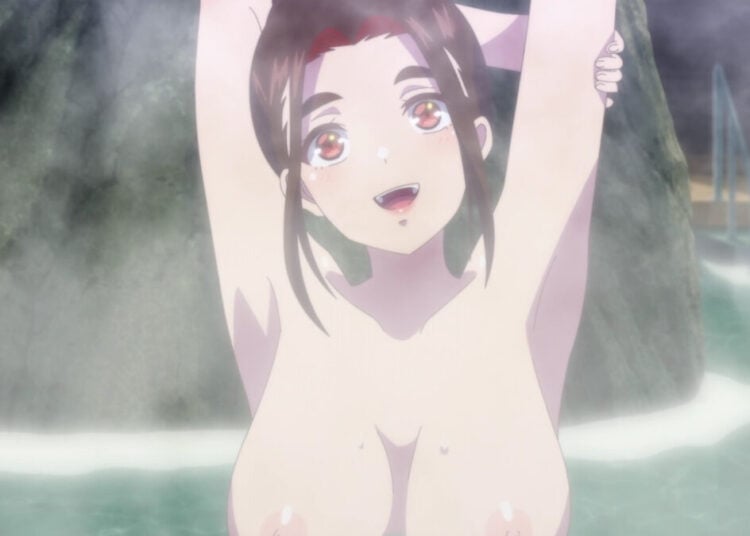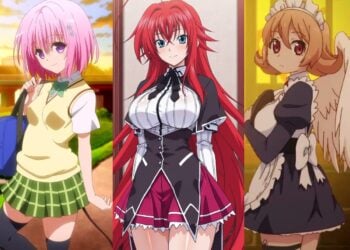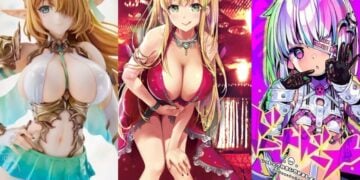JoJo’s Bizarre Adventure needs no introduction but demands one. Created by the talented and seemingly ageless Hirohiko Araki, the long-running saga has come a long way from its humble manga origins to become one of the most popular franchises in Japan and beyond. Its myriad adaptations, however, could leave you feeling lost amidst the voluminous lore. Where do we begin?
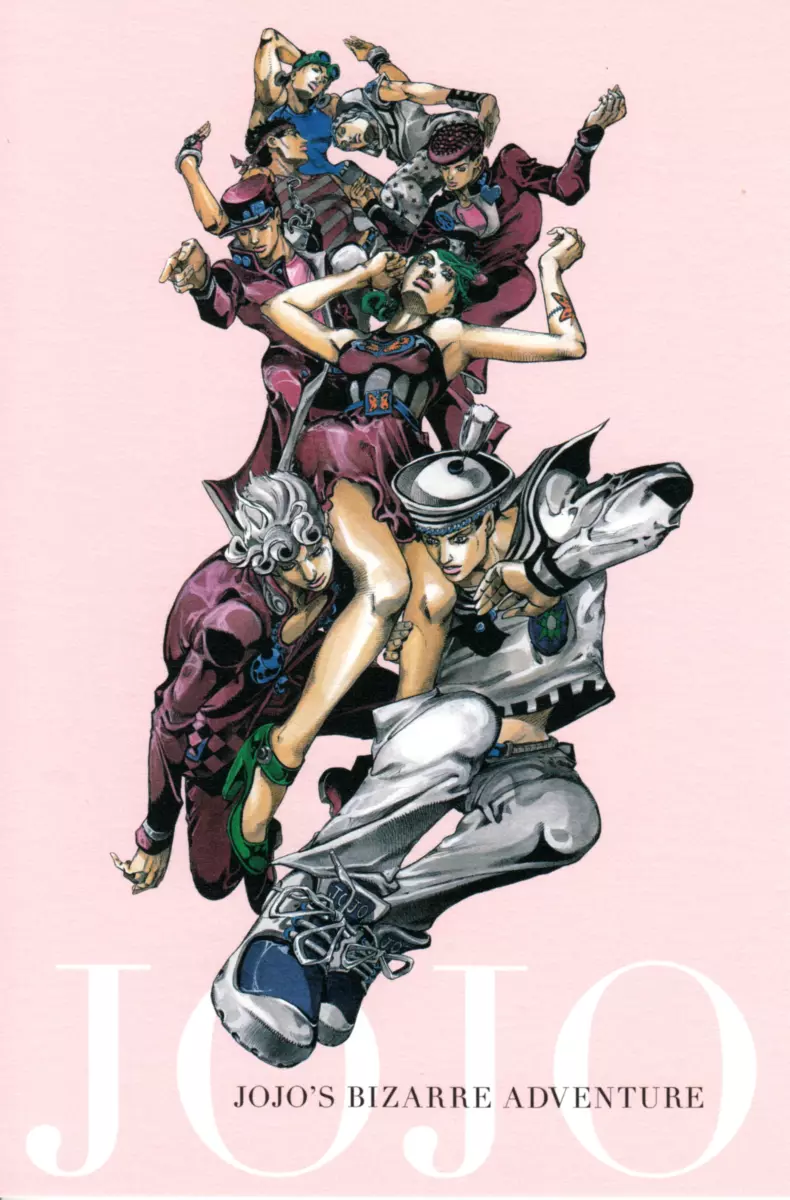
Let J-List lend a hand with this crash course dive into the bizarre world of JoJo’s anime adaptations. This can’t hope to be comprehensive or cover entries that have yet to show up on TV, such as Steel Ball Run and the recently finished Jojolion. Hopefully, however, you’ll come out more than a little interested in taking the plunge.
Part I: Phantom Blood
Set in 1880s England, Phantom Blood follows Jonathan Joestar and his devious adoptive brother, Dio Brando, who seeks to claim the family’s fortunes for himself. What seems at a glance to be an otherwise ho-hum Victorian tale takes a turn when an ancient stone mask finds its way into the household. Dio then uses it to become a vampire and seize his twisted destiny. With the help of William Zeppeli and a former miscreant named Robert E.O. Speedwagon, Jonathan sets out to learn the martial art known as Hamon and destroy his enemy for good.
The original Studio APPP pilot film is as much an elusive treasure for lost-media seekers as it is infamous. (Source: YouTube)
Despite being the one that started it all, the original 1987 manga serial had, for the longest time, been seen as underrated, if not a slow burn compared to what followed it. Yet, already the seeds of greatness were germinating here, from introducing memorable characters to establishing the generational struggle between the Joestar bloodline and Dio, which reverberates even indirectly in every subsequent arc.
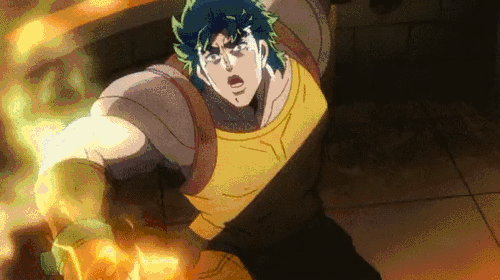
While a now-lost animated film by Studio APPP appeared in 2007 to commemorate Phantom Blood‘s 20th anniversary (though made in 2004), it wasn’t until 2012 that it received a faithful adaptation by David Production that notably improved the overall visuals and pacing. This would turn out to be the first of many for that then-budding studio.
Part II: Battle Tendency
Shifting the backdrop to 1938, Battle Tendency revolves around Jonathan’s roguish yet witty grandson, Joseph Joestar. Upon learning that the aging Speedwagon may have been murdered, he sets out to avenge his uncle’s death. This leads to a grand adventure involving Nazis and the Pillar Men, the true creators of the stone masks, who had awakened to take over the world. Together with Caesar Zeppeli and Hamon master Lisa Lisa, he puts all his skills to the test stopping these menacing ancient before it’s too late.
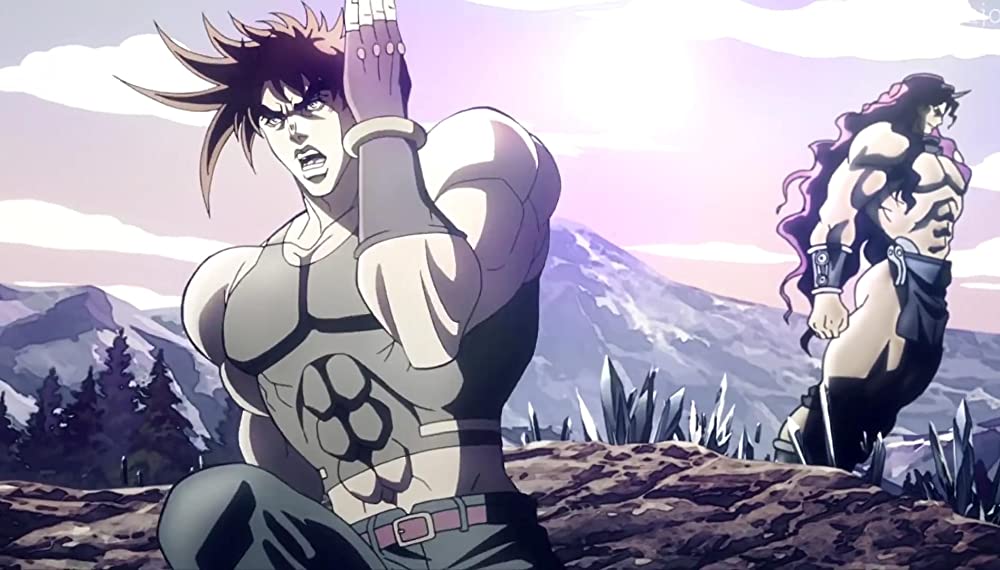
Wackier and more Indiana Jones-esque than the preceding arc, it’s here that the franchise really begins living up to the “bizarre” in Jojo’s Bizarre Adventure. Granted, it can come off as dated, which Araki admitted was due to meddling from publishers at the time. Still, with likable characters (including Joseph himself), flamboyant execution, and memorable setpiece moments, there’s no lack of entertainment here.
Despite the manga’s acclaim, it wouldn’t be until 2013 that David Production brought Battle Tendency to life. Chances are, you’ve seen the memes, so the context is worthwhile.
Part III: Stardust Crusaders
Arguably the most well-known arc in the saga, Stardust Crusaders continues Joseph’s tale and follows his half-Japanese grandson, Jotaro Kujo, who’s in a jail cell after turning himself in. Something more sinister is afoot, for Dio Brando (now known simply as DIO) has escaped death and is plotting global conquest again. The vampire’s resurfacing has also awakened special “spirits” or Stands among the Joestar bloodline, which couldn’t come at a better time. Now, with his mother’s life in danger, Jotaro joins his grandfather and a motley group of friends on a journey to Egypt in order to finally put down the madman, once and for all.
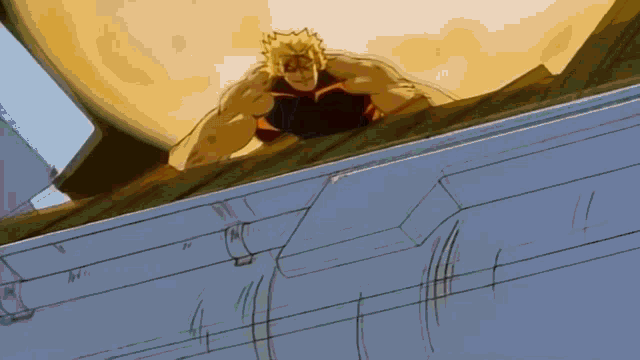
Uniquely international and inspired by Around the World in 80 Days, there’s so much to unpack here, from how creative the Stand battles can get, to the likable cast and tense scenarios the heroes find themselves in. While the final confrontation with DIO himself is nothing to scoff at, it’s almost overshadowed by the memorable journey leading to that moment. By the end of it, like any good road trip, you’ll wish it’d lasted longer.
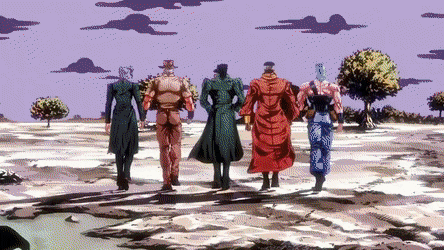
In addition to the faithful and popular 2014 adaptation by David Production, Stardust Crusaders also has an earlier 1993 OVA miniseries by Studio APPP. Though it only covers the final Egypt leg and is noticeably grittier than the source material, the visuals more than make up for any creative differences.
Part IV: Diamond is Unbreakable
Fast-forwarding to 1999, Diamond is Unbreakable is the tale of Josuke Higashikata, an illegitimate son of Joseph, in picturesque Morioh. Ever since his Stand awakened, various weird things have been going on, which has caught the interest of his father and Jotaro. Both are now in search of mysterious objects called Stand Arrows. Hijinks ensue for the three Joestar generations and the friends they meet along the way. Beneath their noses, meanwhile, an unassuming man named Yoshikage Kira seeks a quiet life, at the expense of blowing up everyone in his way.
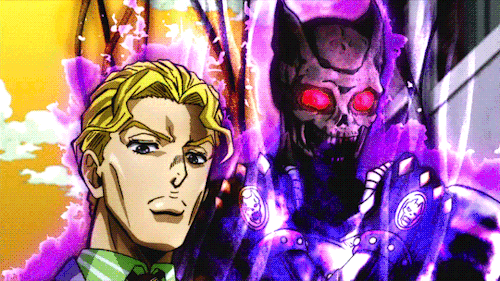
Compared to Stardust Crusaders, this arc is often seen as the light-hearted slice-of-life part. Don’t mistake this for being mundane, however. Whether it’s a cast equally as memorable as any other JoJo ensemble, seeing how ordinary people react to having Stands of their own, or the increasingly creative action scenes, it’ll make you wish you had a hometown like Morioh.
In addition to some infamous memes, a live-action movie, and spinoffs by Araki starring Stand-using mangaka Rohan Kishibe, Diamond is Unbreakable also saw a full-fledged adaptation by David Production in 2016. This coincidentally has played a major role in popularizing the arc to Western audiences.
Part V: Golden Wind
Shifting its focus to 2001 Italy, Golden Wind (or Vento Aureo) follows Giorno Giovanna, a half-Japanese teenager who seeks to join the Passione organization and become a mafia don in order to stop the rampant crime wave. Winning over like-minded Stand-users who seek to do good, he sets out to do just that, only to then receive an order from the mysterious “Boss” to protect his daughter from a rival group of criminals seeking to take power themselves. Which would make for a curious crime drama, except that “GioGio” is the son of none other than DIO and has Stand powers of his own.
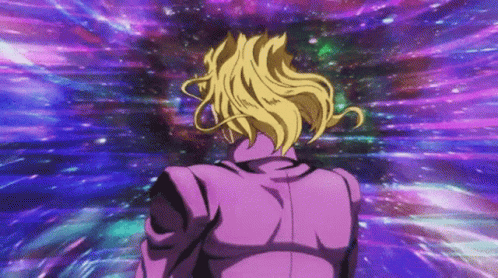
Though darker than previous parts, this arc retains the spirit and craziness that the franchise is known for. The characterization and camaraderie among the heroic gangsters, as well as their myriad enemies, are as much a highlight as any of the insanely brutal fights they wind up in or the wider mystery surrounding fate and Stands. Even the long-standing feud between DIO and the Joestars is encapsulated in the personality of Giorno himself, and how it’s ultimately resolved is worth seeing.
Golden Wind has gained a reputation for being an enigma known only to diehard fans, as it never saw an international release for the longest time. Though it saw a video game adaptation in 2002, it wasn’t until the release of David Production’s 2018 anime that the arc truly gained the popularity it deserved.
Part VI: Stone Ocean
Stone Ocean in many respects is the culmination of everything that preceded it. Set in 2011, it follows Jotaro’s daughter, Jolyne Cujoh, who’s imprisoned for a crime she didn’t commit. When her father arrives at Green Dolphin Street Prison in Florida to arrange her release, he falls prey to a trap set by chaplain Enrico Pucci, who’s revealed to be DIO’s most trusted confidant. With her own Stand powers having awakened and a motley crew of friendly inmates, Jolyne sets out to rescue her dad, as well as stop the deranged Father from accomplishing what the mad vampire couldn’t all those years ago.
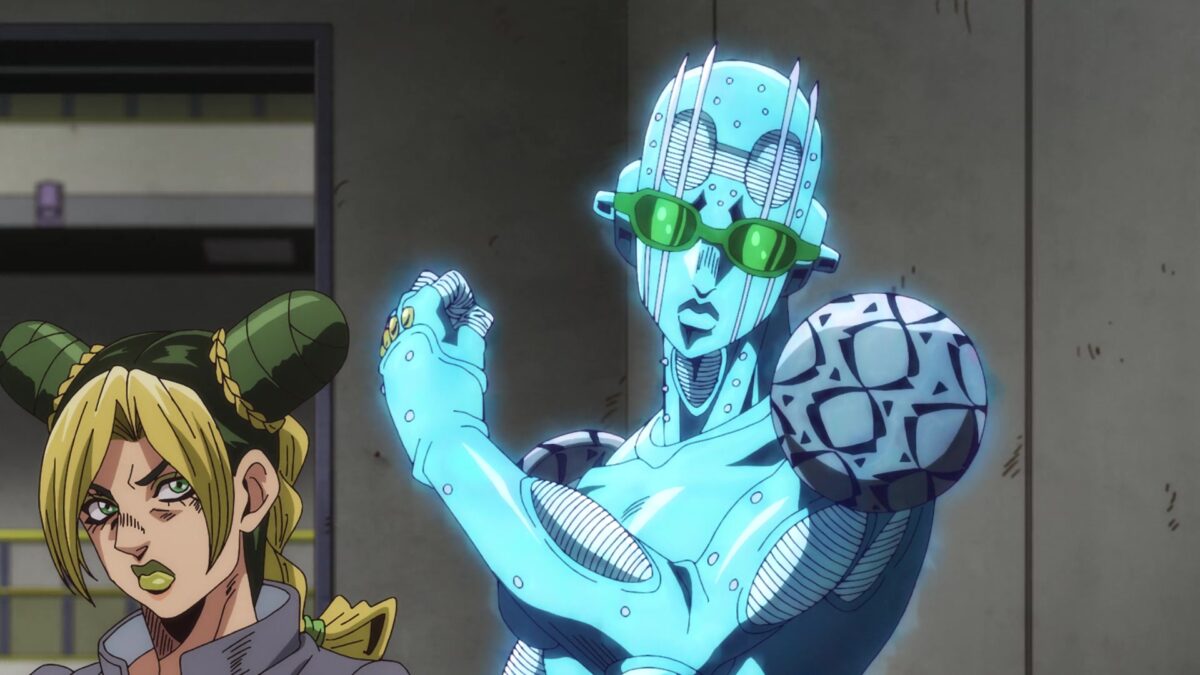
As grand and ominous as this arc is, it retains the same tight writing and flamboyant flair Araki is known for. Many themes are touched upon over the course of the series, be it DIO’s scheming in Stardust Crusaders or the motif of fate in Golden Wind, without feeling too overwhelming. That Jolyne proves herself to be as strong a Joestar as any other JoJo protagonist certainly helps.
David Production’s first 12 episodes of its ongoing adaptation bring all that to life and, with the next 12 coming out this September, you can certainly see for yourself why JoJo is so fondly invoked.


